Laser Therapy for Equine Practitioners
by Jana Aguel, DVM, CEqD
Read MorePegasus Therapy Laser combines physics, laser science, and engineering as a leading medical device manufacturing company that brings advanced laser technology and innovative solutions to the equine health care industry.
With over 16 years of state-of-the-art laser development and manufacturing expertise, Pegasus ensures its customers have the best in technology and design. We employ a highly experienced management team of research and development engineers who together represent over 100 years of experience in the field of laser development and systems.
Pegasus is the equine division of Companion Animal Health.
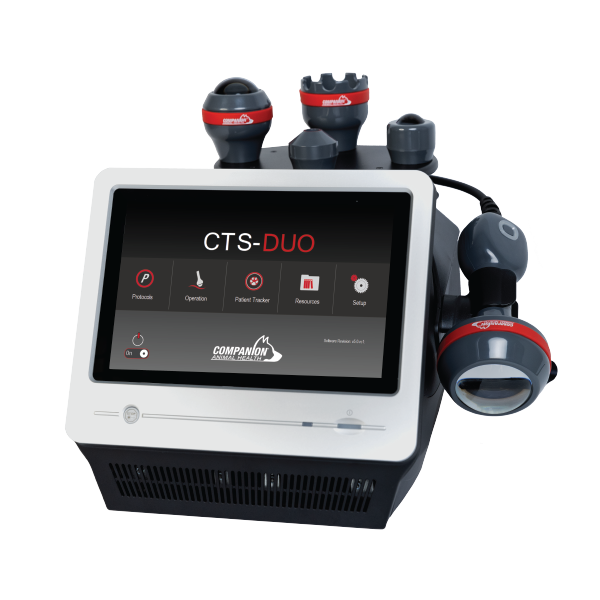
The revolutionary platform that provides the most innovative laser treatment applications
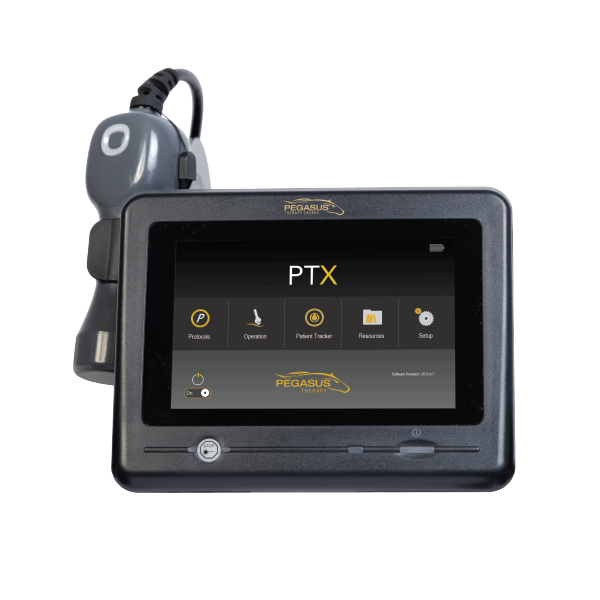
The innovative treatment option that specifically targets localized tumors while sparing the healthy tissue.
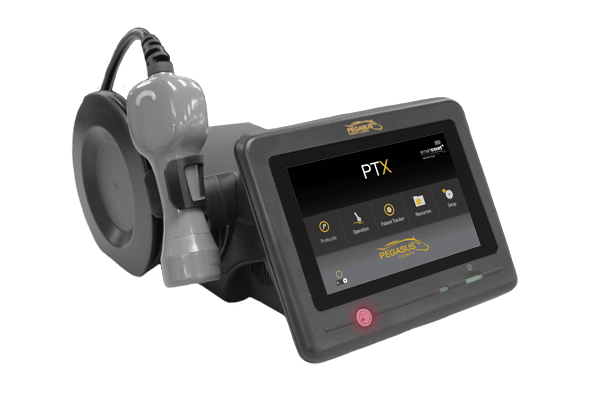
The advanced platform that combines intuitive software, dosing technology, and implementation
Get your equine athletes back in action faster and your return on investment consultation today.
All CTX-IQ features, plus:
8 /month
All PTX features, plus:
16 /month
You get:
CTS DUO
PTX-IQ
PTX
Laser therapy provides you with a versatile, technician-driven tool that is a trustworthy adjunct to existing treatments – and can generate clinical victories on hard-to-treat-conditions where pain and inflammation are present.
Treatments are non-invasive, drug and surgery-free and can be administered in 1-10 minutes. Clients enjoy being involved with their pet’s treatment as they see their loved one quickly relax as their pain is soothed away.
There is a vast body of research supporting the effects of photobiomodulation (PBM). For PBM to occur, a therapeutic dose of light is delivered to impaired or dysfunctional tissue, which leads to a cellular response mediated by mitochondrial mechanisms that reduce pain and inflammation and speed healing.1 There are a number of factors that can help maximize the amount of light that reaches target tissue, including: proper wavelength selection, sufficient laser power, reducing reflection off the skin, and minimizing absorption by molecules not involved in photobiomodulation.
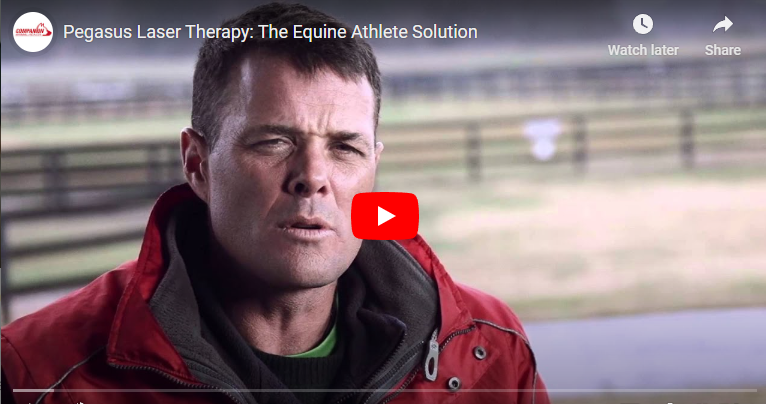

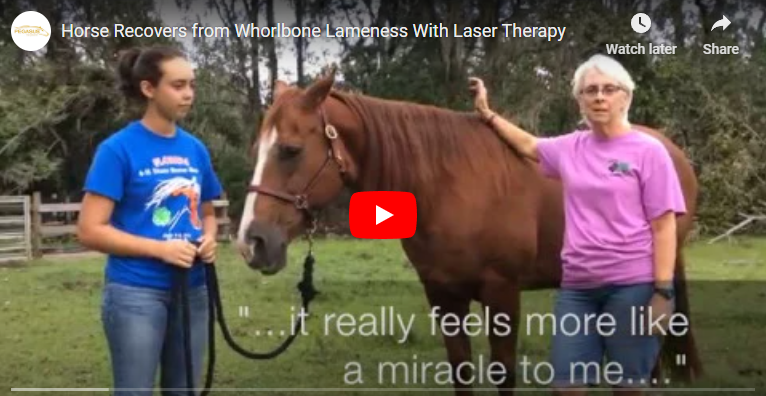
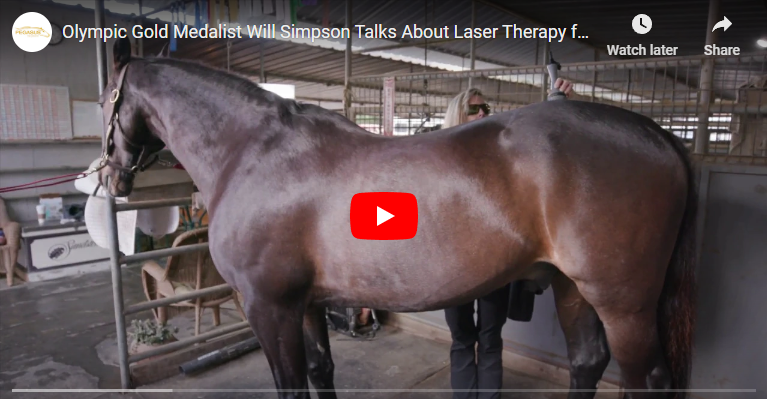
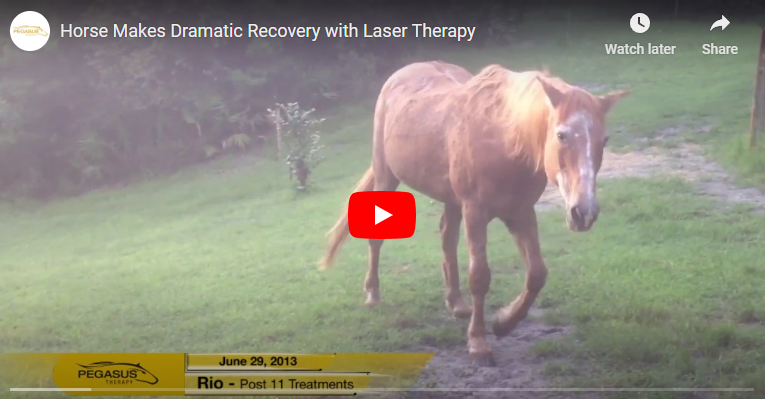



by Jana Aguel, DVM, CEqD
Read More
by Ron Koh, DVM, MS, CVA, CVCH, CVFT, CCRP, CVMMP
Read More
by John C. Godbold, Jr, DVM
Read More